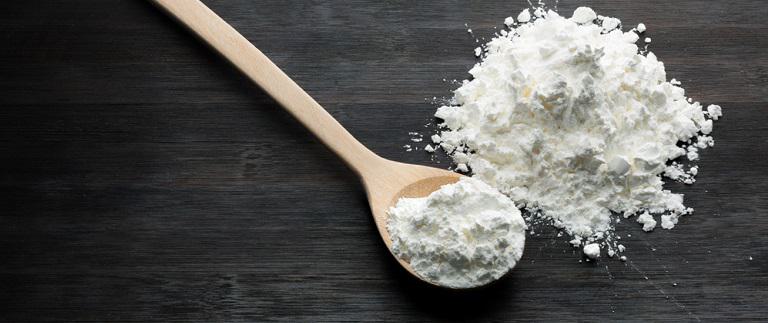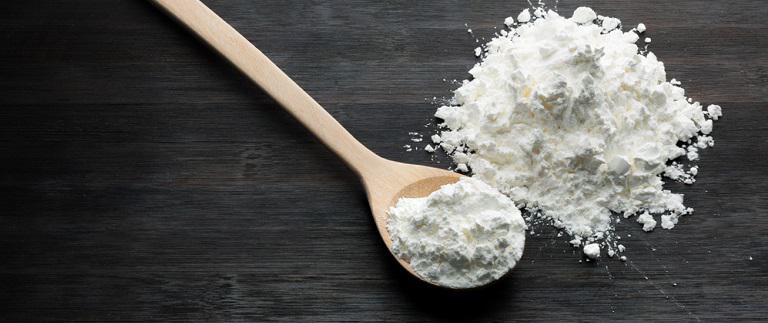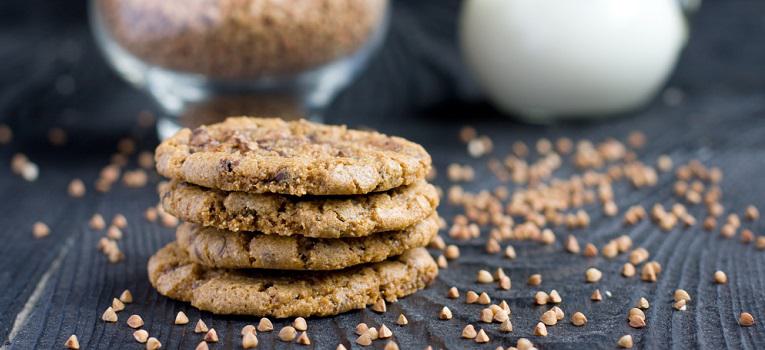


 If you've ever made a soup that's turned out too runny, then you understand the struggle. When soups are too liquidy you are oftentimes left wondering if you should drink it rather than eat it. Arrowroot starch can help with that! To successfully thicken your favorite soup, start by creating a "slurry." To do this, mix a small amount of arrowroot and begin with a cold liquid like water or plant-based milk. Once the two ingredients are thoroughly combined, they will create a paste or "slurry" that you can then add to your soup. When using arrowroot powder to thicken soups, we recommended adding it to the recipe at the end of the cooking process to prevent molecules in the starch from breaking down.
If you've ever made a soup that's turned out too runny, then you understand the struggle. When soups are too liquidy you are oftentimes left wondering if you should drink it rather than eat it. Arrowroot starch can help with that! To successfully thicken your favorite soup, start by creating a "slurry." To do this, mix a small amount of arrowroot and begin with a cold liquid like water or plant-based milk. Once the two ingredients are thoroughly combined, they will create a paste or "slurry" that you can then add to your soup. When using arrowroot powder to thicken soups, we recommended adding it to the recipe at the end of the cooking process to prevent molecules in the starch from breaking down.
 Trust us, we understand that baking for those who are gluten free can be quite challenging. That's why we've searched high and low for the best tricks in the book to make sure our gluten free recipes turn out perfectly. So what did we find? Starches like arrowroot powder are an essential ingredient when it comes to baking gluten free goods. Not only will adding arrowroot flour to your recipe create a lighter and fluffier result, but it also works to bind all the ingredients together, which can often be difficult in gluten free cooking. Combine arrowroot flour with other grain free flours, (like almond flour) to create a gluten free treat that everyone can enjoy.
Trust us, we understand that baking for those who are gluten free can be quite challenging. That's why we've searched high and low for the best tricks in the book to make sure our gluten free recipes turn out perfectly. So what did we find? Starches like arrowroot powder are an essential ingredient when it comes to baking gluten free goods. Not only will adding arrowroot flour to your recipe create a lighter and fluffier result, but it also works to bind all the ingredients together, which can often be difficult in gluten free cooking. Combine arrowroot flour with other grain free flours, (like almond flour) to create a gluten free treat that everyone can enjoy.